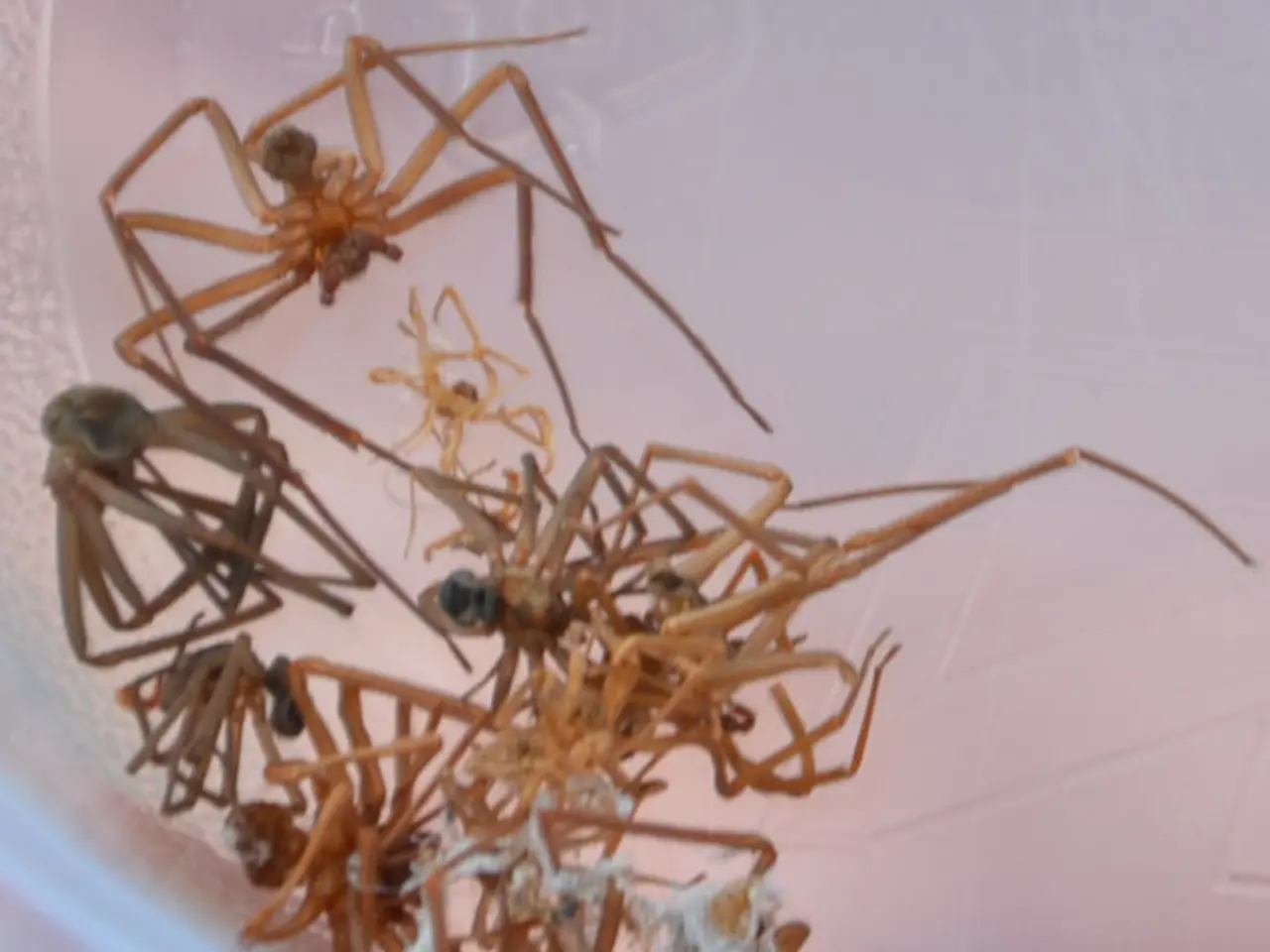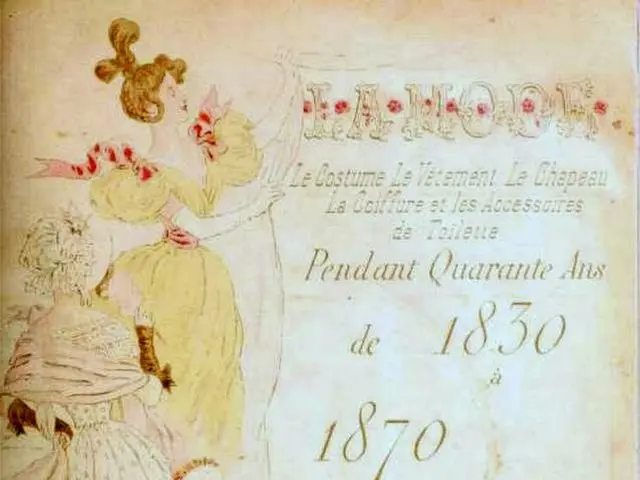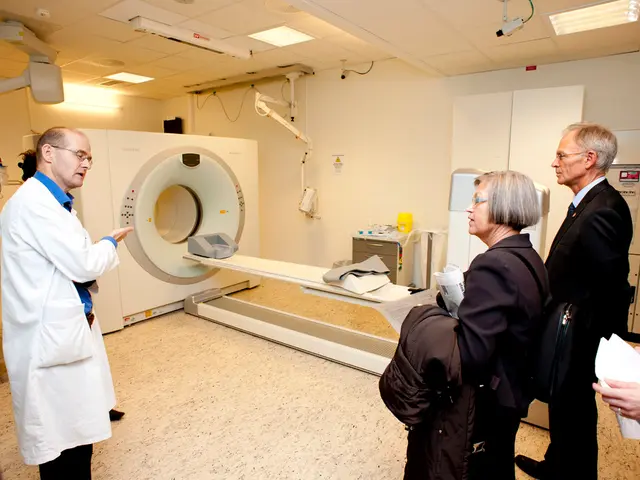Exploring the Reality of Trypophobia: Myth or Reality?
**Article: Unraveling the Mysteries of Trypophobia**
Trypophobia, a fear or aversion to clusters of small holes or repetitive patterns, continues to intrigue researchers and the general public alike. Despite its prevalence, the causes of this phenomenon remain elusive.
1. **Evolutionary Origins** - One theory suggests that trypophobia could be an intensified reaction to visual patterns associated with venomous animals or infectious diseases. The human brain might have developed an unconscious reflex to avoid clustered hole patterns because they resemble the markings of poisonous creatures or signs of skin diseases and decay. - This aversion could be an evolutionary adaptation, helping to avoid contact with parasites, infectious agents, or poisonous animals, thereby increasing survival chances.
2. **Natural Disgust Responses** - Many people display a mild disgust or fear response to holey patterns naturally, as these can symbolically or visually evoke disease, contamination, or decay. This reaction may not constitute a formal phobia but rather a basic human response to potential threats linked to illness.
3. **Psychological and Personality Factors** - Trypophobia might be more intense in individuals with certain mental health conditions like generalized anxiety disorder or obsessive-compulsive disorder (OCD) that amplify fear and disgust responses. - Traits like high disgust sensitivity, visual discomfort, and empathy levels might also increase susceptibility.
4. **Lack of Definitive Evidence** - While these theories are plausible and supported by some behavioral and psychological observations, there is currently no substantial empirical evidence definitively proving the evolutionary or parasitic/infectious disease origin of trypophobia. Research is ongoing, with symptom scales and case studies being developed to better understand this phenomenon.
In summary, existing studies and theories suggest that trypophobia could be an evolutionary response aimed at avoiding parasites, infectious diseases, or venomous animals, but firm scientific proof is still lacking. The phobia likely arises from a complex interaction of evolutionary instincts, natural disgust responses, and individual psychological factors.
- More research is necessary to fully understand the causes and symptoms of trypophobia. - Symptoms of trypophobia can include feelings of disgust, fear, or discomfort, goosebumps, skin itching, skin crawling, sweating, nausea, and panic attacks. - It is unclear whether trypophobia is a form of aposematism, where an animal uses colors or patterns to warn predators of danger. - Other researchers suggest that trypophobia may be a form of specific phobia, where a person has an intense reaction to something that poses little or no danger. - Trypophobia is not currently recognized as a phobia by the American Psychiatric Association. - Examples of objects that may trigger trypophobia include sponges, soap bubbles, coral, sea sponges, honeycomb, water condensation, beehives, seed pods, strawberries, pomegranates, bubbles, clusters of eyes in insects, and more.
- The evolutionary origins theory posits that trypophobia could stem from an intensified reaction to visual patterns reminiscent of venomous creatures or infectious diseases, serving as an evolutionary adaptation to dodge parasites, infectious agents, or poisonous animals, thereby enhancing survival chances (evolutionary origins).
- Trypophobia's milder form may involve a basic human response to potential threats linked to illness, as holey patterns can symbolically or visually evoke disease, contamination, or decay (natural disgust responses).-trypophobia could be intensified in individuals with mental health conditions like generalized anxiety disorder or obsessive-compulsive disorder, as these conditions can amplify fear and disgust responses. Additionally, high levels of disgust sensitivity, visual discomfort, and empathy could increase susceptibility (psychological and personality factors).
- Despite various theories and observations, a definitive scientific proof establishing the evolutionary or parasitic/infectious disease origin of trypophobia remains elusive, with ongoing research seeking to better understand the phenomenon (lack of definitive evidence).




